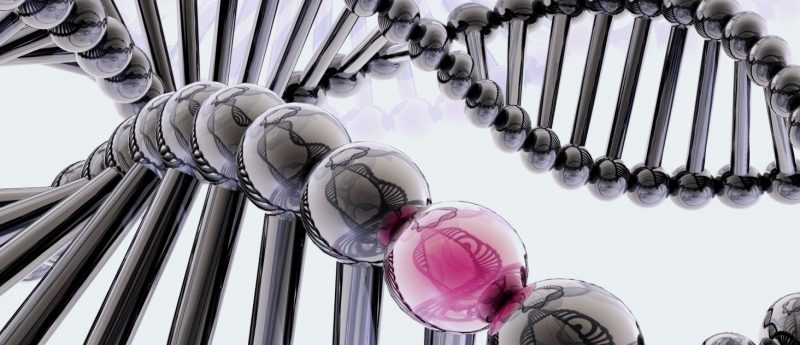Oct4: more than just a reprogramming factor

New research from the University of Virginia, School of Medicine (VA, USA) suggests germ cell and reprogramming gene Oct4 could potentially be used to prevent the effects of aging, for regenerative medicine, and to reduce the incidence of heart attacks and strokes.
Researchers from the University of Virginia School of Medicine (VA, USA) have recently found that Oct4, a gene thought to only be actively expressed during embryonic development, is important in the prevention of both heart attacks and strokes, and moreover could even potentially be used to reduce or prevent some of the effects of aging.
The incidence of heart attacks and strokes is increased with the presence of atherosclerotic plaques. These plaques consist of cholesterols, lipids, collagen and cellular waste, and in the absence of Oct4, grow bigger and become more unstable, as discovered by Gary K Owens (Director of University of Virginia’s Robert M. Berne Cardiovascular Research) and his colleagues.
However, it was also found that Oct4 was able to prevent this process, by orientating the movement of smooth muscle cells to produce a fibrous ’cap‘ that stabilizes the plaques, making them less likely to rupture and therefore reduce the chance of blocked arteries.
Furthermore, Oct4, one of Yamanaka’s induced pluripotent stem cell reprogramming factors, also has the potential to be used for regenerative medicine, such as anti-ageing or wound healing. Although their research primarily focused on cardiovascular protection, Owens believes that “Finding a way to augment the expression of this gene in adult cells may have profound implications for promoting health and possibly reversing some of the detrimental effects with aging.”
Owens and his colleagues are therefore now studying the expression of Oct4 and its family of target genes in other somatic cells and their potential roles in repair. “We think this is just the tip of the iceberg for controlling plasticity of somatic cells, and this could impact many human diseases and the field of regenerative medicine. Who knows, this may end up being the ‘fountain-of-youth gene’, a way to revitalize old and worn-out cells. Only time will tell.”
— Written by Bryony Adams-Heighway
Source: http://www.eurekalert.org/pub_releases/2016-05/uovh-ghp051616.php